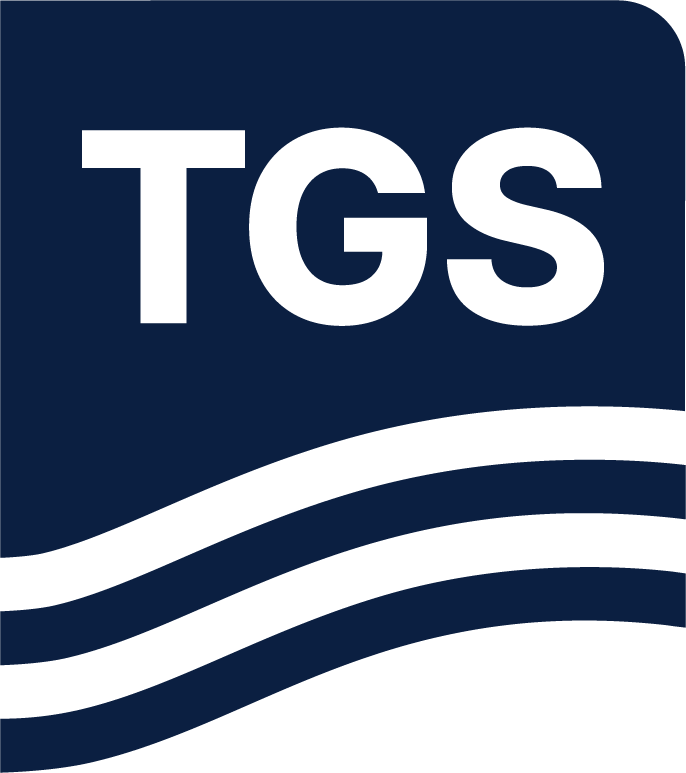Paper Summary
Elastic FWI (Tarantola, 1986) is currently the state-of-the-art method for recovering detailed elastic models of the sub-surface from seismic data. Applications include Time-lapse monitoring (Zheng et al., 2013) and pore-pressure prediction (Roberts et al., 2007). A key issue is that Elastic FWI is an under-constrained inverse problem. Tarantola (1986) framed FWI as a Bayesian inverse problem enabling prior information to be captured in a model covariance matrix. The big drawback of such approaches is the assumption of Gaussian distribution. While a reasonable approximation for a single lithology, typically, this is unknown a priori. Recently, deep learning has presented several techniques for capturing prior information in deep neural networks and has been used to help constrain the inverse problem. One promising approach is using diffusion networks to capture structural and petrophysical priors (Taufik et al, 2024). OpenFWI (Deng et al, 2022) provides a useful synthetic test dataset for ML velocity estimation. However, OpenFWI does not provide a realistic a priori distribution of the earth model. This is the problem we solve in this paper by working with a global dataset of 60,090 offshore wells. In this dataset, there were a mere 3,101 shear wave sonic logs. Firstly, we train a model to estimate the shear wave sonic log from other logs and run inference on the complete set of offshore wells to provide a more representative and global dataset. Secondly, we extract structural information from 3D seismic volumes. Thirdly, the Vp, Vs, and density logs from a random well are combined with the structural information from the seismic volume to generate a representative 3D earth model. This can be repeated for many well and seismic combinations to generate a rich dataset of representative models

